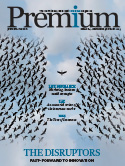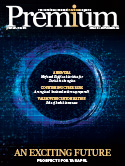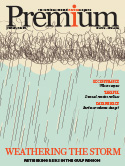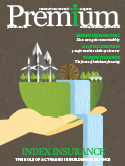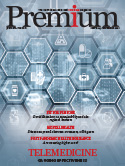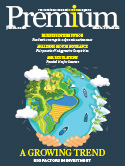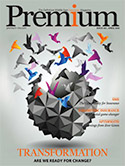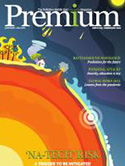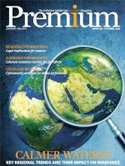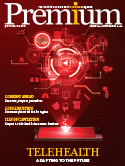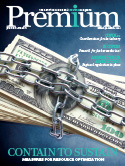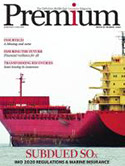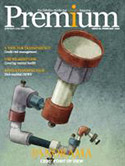Moody’s: USD8.3 trillion in rated debt face high credit risk
The immense societal importance of healthcare and education-related sectors, including pharmaceutical and health insurance issuers, mean that these sectors tend to be extremely sensitive to demographic and societal pressures, including access and affordability. As a consequence, they are typically heavily regulated and exposed to shifting political and legislative agendas, according to a new report by Moody’s Investors Service.
Social considerations pose “high risk” to the credit quality of 14 sectors with roughly USD8 trillion in rated debt. Moody’s has created a heat map to illustrate the credit materiality of social considerations to 82 global sectors on a four-point scale of “very high risk”, “high risk”, “moderate risk” and “low risk”. While 14 sectors are deemed to face “high risk,” none fall into the “very high risk” category, and the majority are considered to face “moderate risk.”
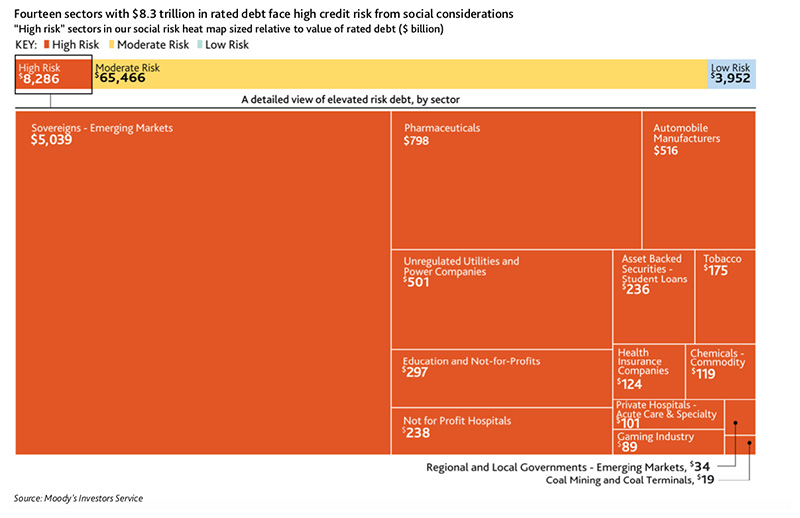
“Sectors with high social credit risk can be assigned to four main groups; emerging market governments, healthcare and education issuers, heavy industries being reshaped by environmental and social forces, and consumer sectors that face socially-driven regulation,” said Rahul Ghosh, senior vice president at Moody’s. “Social considerations are a material credit driver for all these sectors, with the most exposed issuers needing to adjust their business models, balance sheets, or policy levers in the case of governments, to manage these risks.”
For emerging market sovereigns, issues such as income inequality, access to essential services, violence and crime can all become significant credit challenges. The immense societal importance of healthcare and education-related sectors, including pharmaceutical and health insurance issuers, mean that these sectors tend to be extremely sensitive to demographic and societal pressures, including access and affordability. As a consequence, they are typically heavily regulated and exposed to shifting political and legislative agendas. The growing interplay between environmental and social forces will have a transformative impact on automotive manufacturers, utilities and commodity chemicals companies due to rising social and sustainability pressures. Finally, the tobacco and gaming sectors are at risk of socially driven regulatory tightening, as well as consumer activism and media scrutiny over the perceived hazards of certain products and services.









